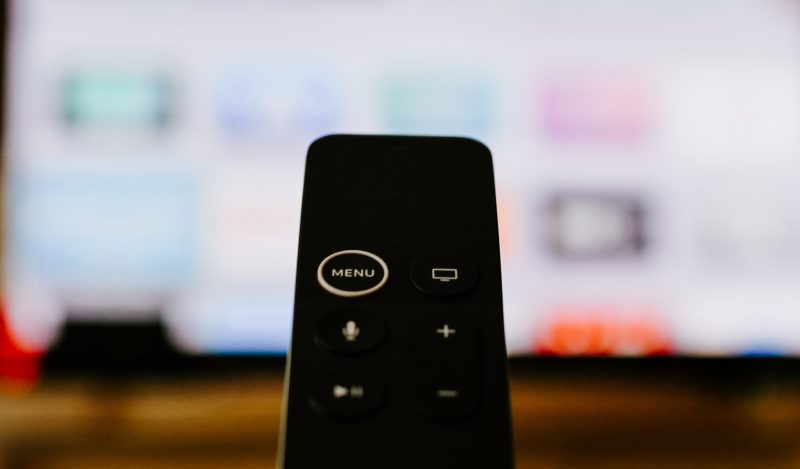Staying at home might mean watching more TV, but the future of free to air remains uncertain
People may be watching more and more TV as they self-isolate, especially news and current affairs, but there’s still the matter of multiple productions being suspended, a lack of live sport, and the postponed Olympics. And this means the future of free to air TV is still up in the air, argue The Media Store’s Paul Wilkinson and Abby Burnett.
With phrases such as ‘social distancing’ and ‘self-isolation’ early contenders for word of the year, we are also hearing a lot about ‘unprecedented’ and ‘uncertainty’ as global markets speculate about what will happen next. Will the market bounce? Will we see this current period as a short-term inconvenience? Or is the worst still to come? I’m no doctor, so, much like all of you, I can’t say.
From a trading perspective, we are hearing phrases we didn’t anticipate a few weeks ago; a “ratings increase” is a grim pleasure for broadcasters and media buyers as advertisers review marketing budgets and media owners’ share prices tumble.



Agree completely- I think it is safe to say, any brand who wants their message out MUST be on TV screens be it linear or BVOD now more than ever.